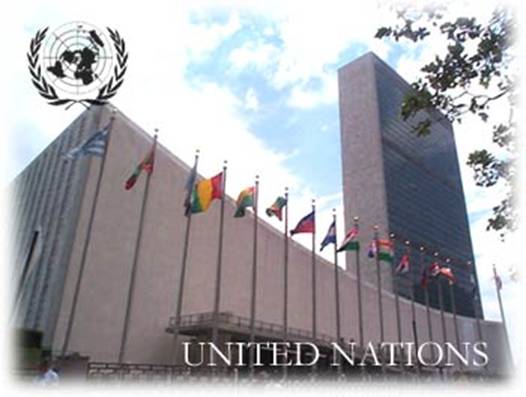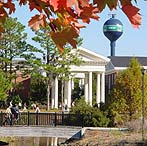








|
Content and description of MUN is from the United Nations Association website.
Model United Nations Association

The
Model United Nations Association (MUNA) is a student-led organization
founded in the Spring of 2004, by an enthusiastic group of
students. The MUNA's primary goal is to promote understanding of
foreign governments, peoples, and international political institutions
such as the United Nations. MUNA is a medium through which
students increase awareness of global issues and also practice
international diplomacy.
The ultimate goal of MUNA is to
participate in Model United Nations conferences, which provide students
the opportunity to participate in inter-collegiate simulations of
real-world problems in governance and diplomacy.
What is Model United Nations?
Definition of "Model UN"
The
Model United Nations is a series of programs run throughout the country
and the world with the goals of furthering understanding about the
United Nations, educating participants about world issues and promoting
peace and the work of the United Nations through cooperation and
diplomacy.
Students gather in groups of 15 to over 1000 to
simulate member states representation in the bodies of the United
Nations. Smaller simulations usually are of the Security Council and
last several hours. Larger groups are held in convention centers,
simulate many bodies of the UN concurrently and last several days. More
than 160 Model UN conferences are held globally involving approximately
100,000 students each year.
Simulations at large conferences
usually include several of the six committees of the General Assembly.
These committees each have a different topic they specialize in for
debates. Conferences may also simulate councils other than the Security
Council, such as the Economic and Social Council (ECOSOC.) They might
also simulate any number of special committees the General Assembly has
mandated in the past years including the Economic and Finance Committee
(ECOFIN) or the International Atomic Energy Association (IAEA.)
Conferences sometimes simulate the International Court of Justice (ICJ)
or a historical Security Council body reconstructing an especially
turbulent year of history.
History of Model UN
The
Model UN started as the Model League of Nations Assembly. In 1947 the
Model League of Nations Assembly made the transition the League of
Nations had made in 1945 and became the Model United Nations Assembly.
The Model UN program, like its forerunner, has traditionally been a
student-driven organization. The program has been and remains a
collection of independent conferences. In the 1980's an important
organizing force, the United Nations Association of the USA, (UNA-USA)
recognized the momentum of the Model UN programs and founded its Model
UN and Youth Department to coordinate and track the development of the
Model UN on a global level. (Muldoon, 1995)
Goals
The
purpose of the Model UN is to provide an interactive educational
experience that teaches in an interesting and enjoyable way about the
United Nations. The process affords participants an understanding of
how the process of international debate and negotiation that we
commonly call diplomacy functions. The simulations of the diplomatic
processes are especially important in this post-Cold War period when
the world is quickly becoming more interdependent. In this
interdependent world, Model UN makes for informed global citizens who
not only understand the decisions their nation makes but also how those
changes effect politics nationally, regionally, and globally.
Determining the Value of the United Nations
The
value of Model United Nations - simulating the United Nations - must
certainly be determined in great part by the value of the United
Nations itself. The United Nations' value as an international
organization is evaluated by many people toward a number of different
ends. Academics attempt to apply political science models to its
workings to define it and it's impact on member states. Politicians
confer differing value upon it dependant on the day and issue being
discussed. Despite these differing evaluations, the true worth of the
United Nations can be determined by simply analyzing the continuing
existence of the United Nations as an important world body.
The Dedication of the World Community
The
United Nations has the dedication of its member states. This dedication
is due to recognition by member states that the role of the UN is “to
provide governments with the ability to do together what they cannot
achieve separately.?(Carlsson, p.2) Member states realize that the
expanding problems of a planet know no national boundaries and
understand that poverty, disease and pollution are a few of the plagues
affecting citizens of all states. Some policies (official or
non-official) of member states do not agree with the stated community
goals of the UN. However, all members choose to remain members of the
UN despite their differences - demonstrating the importance nations
place on the institution. Theories on why states participate are
gaining a new focus on the emerging global community and placing less
emphasis on the state.
| 
Latest News
- UNCW
MUNA will be attending the Virginia International Committee Simulation
(VICS) at the University of Virginia, 03/27-03/30
|



